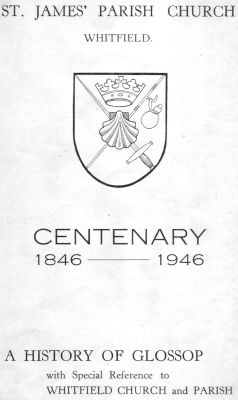

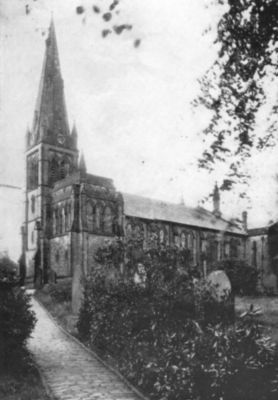
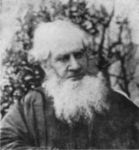
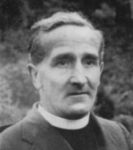
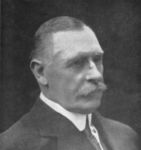
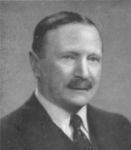
| cwts. | qrs. | lbs. | |||
| 1 | F sharp | The Vicar and his wife gave me in loving memory of their only daughter, Isabel Amy Ward, who died March 29th, 1271, aged 6 years. | 4 | 0 | 22 |
| 2 | E sharp | Anne Kershaw Wood gave me in memory of the deceased scholars of her Sunday School Class, 1884. | 4 | 2 | 18 |
| 3 | D sharp | I first hung here when Charles Bruce Ward was Vicar and Edward Thomas Taylor was Curate. | 5 | 0 | 9 |
| 4 | C sharp | When I came here James Rhodes and Joseph Winterbottom were churchwardens. | 5 | 2 | 11 |
| 5 | B | My seven companions and I were made September, 1884. | 6 | 3 | 6 |
| 6 | A sharp | We were placed here by public subscription. The Clock was given by Alice Agnes Wood. | 7 | 3 | 23 |
| 7 | G sharp | The Male Teachers and Senior Scholars o f the Sunday School gave me to tell the praise and glory of God. | 10 | 1 | 19 |
| 8 | F sharp | The Female Teachers and Senior Scholars gave me to tell the praise of God. | 14 | 3 | 8 |
| Total Weight | 59 | 2 | 4 |